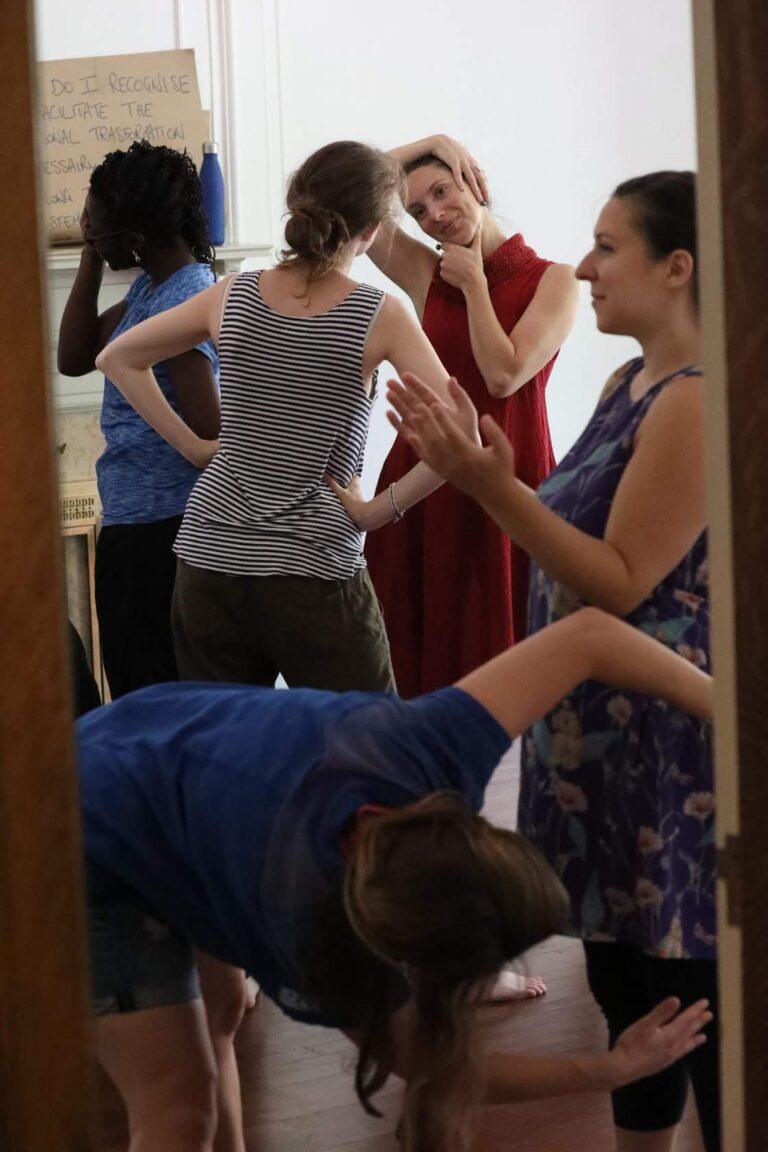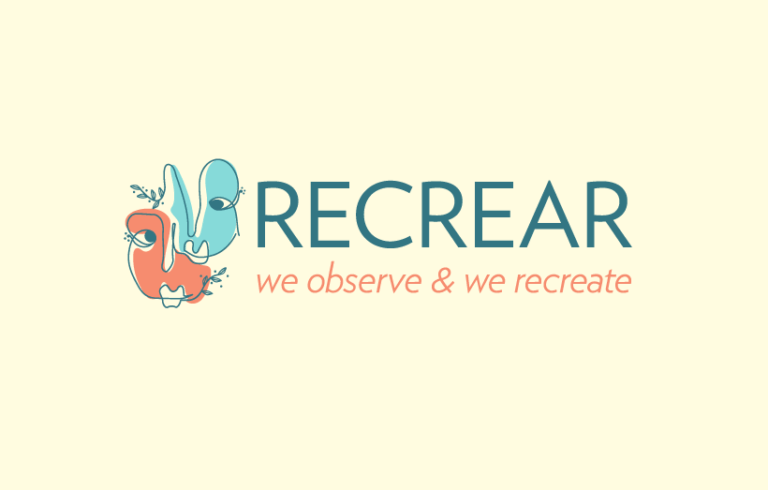A young Cuban’s reflections on recent changes in his country
The first time that I heard someone talking about Naturarte, it was during my first year of journalism, during the mandatory internship at the radio station. Someone, I don’t remember who, talked to me about this wonderful project that was trying to connect nature and art in the center of the city of Santa Clara.
I was even more intrigued to see the this blooming oasis was right in front of a cemetery. It was a curious contrast between the two spaces.
At the entrance, I was received by the statue of a faun playing the violin in front of a pond full of colorful fishes. I then stumbled upon a little stone man asking you to keep quiet and an amazing gargoyle (with wings and everything!), meditating in the middle of a peaceful garden.
In a comfortable room, at the end of the property, I was received by Idania, Hermes’ wife since Hermes, the founder of the project, was not around. With a soft voice, she explained to me the characteristics of the project: How they managed to transform a dump into a green space, the recognition that they had received once they launched and all the different initiatives they were supporting. I remember her putting a lot of emphasis on their commitment to the environment.
At this point, Cuba had not yet given out licenses to self-employed businesses in the private sector.
Some time later, I had the opportunity to come back to this space in the process of looking for a venue to organize Recrear’s workshops on youth and climate change. When we started talking about the need to find an appropriate space for the workshops, I immediately thought of Naturarte. I was aware of the changes in Cuba, and what organizations need to do to survive. Yet, I could not imagine how much, in just three years, this space and its people could have changed.
The first surprise was that a restaurant, with tanks full of fishes for clients to pick from, replaced what was once an open space. In any case, I was not too surprised by that: the country is changing and the space was adapting itself. The second surprise was that, instead of being welcomed by Hermes, we had to talk to ‘the economist’. A large negotiation and many phone calls later, we were able to reach an agreement about using the space and reserving lunch at Naturarte. But it was not so simple.
The following week we started a tricky process, at the end of which we ended up asking: ‘well, how much do we have to pay to just use the space?’. It’s important to point out that this was only an open-air space on the side where we would not consume anything. The economist, without thinking about it too much, responded: ‘well, this would be a new negotiation, and it would be more expensive’. Then he invoked some laws and an assumed cost of water.
On my way back home I was feeling sick, really sick. One of the girls who came with me said jokingly: ‘this man is a capitalist’. I started asking myself a few questions. The first was how much things were really changing in Cuba, and if this type of mentality, and men like ‘the economist’, were the ones who started to matter. The second, a little bit more obvious, was whether Naturarte actually cared about supporting youth projects and the environment.
*This blog entry was written in Spanish by Jose,one of Recrear’s Cuba researchers from Villa Clara, Cuba.
Plug into the debate with the hashtag #cubalens
– – – – – – – –
Todo está cambiando
Reflexiones de un joven cubano sobre los cambios en su país.
La primera vez que oí hablar de Naturarte estaba en segundo año de mi carrera, periodismo, realizando las obligatorias prácticas en la radio. Alguien, no puedo recordar quién, me habló de este maravilloso proyecto que lograba conjugar naturaleza y estética cerca del centro de la ciudad de Santa Clara.
Mi sorpresa fue aún mayor al ver que este oasis florecía en frente mismo de un cementerio. Era un contraste curioso el de ambos espacios.
Nada más entrar fui recibido por la estatua de un fauno que toca el violín frente a un estanque repleto de peces de colores. Luego me topé con un hombrecillo que invitaba al silencio y una formidable gárgola (¡con alas y todo!), que meditaba en medio de la paz reinante.
En un cómodo local, al fondo de la propiedad, me recibió Idania, la esposa de Hermes, el fundador del proyecto, quien no se encontraba. Con voz suave, me explicó las características del proyecto: cómo habían logrado convertir un basurero en un espacio verde, los reconocimientos que habían recibido y todas las iniciativas y proyectos que apadrinaban. Recuerdo que hizo bastante hincapié en su compromiso medioambiental.
Por entonces aún no se había dado en Cuba el proceso de liberación de los “cuentapropistas”.
Tiempo después tuve que volver al espacio, buscando un local donde realizar unos talleres sobre cambio climático con un grupo de jóvenes. Desde días antes, cuando se había hablado de la necesidad de encontrar un local apropiado para los talleres, pensé en Naturarte. Aunque conocía todos los cambios ocurridos en Cuba, y sabía todo lo que debe hacer cualquier iniciativa para sobrevivir, no imaginé que, en apenas tres años, el espacio y su gente pudieran cambiar tanto.
La primera sorpresa fue que donde anteriormente había un espacio abierto, ahora se hallaba un restaurante, con sus mostradores-peceras repletos de peces vivos; pero bueno, aquello no era tan sorprendente: el país estaba cambiando y el espacio se adaptaba. La segunda sorpresa fue que, aunque estaba Hermes esta vez, no nos atendió él personalmente, sino que tuvimos que ir a ver al economista. Una larga negociación y varias llamadas después, logramos coordinar el local y el almuerzo. Pero no fue tan simple.
Las siguientes semanas inició un proceso engorroso, al final del cuál acabamos preguntándole: “Bueno, ¿cuánto nos costaría el local solamente?” Es importante señalar que el local es solo un espacio en un lateral donde no consumiríamos nada más que sol y aire. El economista, sin pensarlo, contestó: “Eso sería una nueva negociación, y les saldría más caro” Luego invocó unas leyes y un supuesto gasto de agua.
Al regreso me sentía mal, verdaderamente mal. Una de las chicas que me acompañaba dijo: “Este hombre es un capitalista”. Me surgieron entonces varias preguntas. La primera es cuánto estaban cambiando las cosas en Cuba realmente y si ese tipo de mentalidad y los hombres como el economista eran los que comenzaban a imponerse. La segunda, un tanto más inmediata, era si a Naturarte aún le importaba la naturaleza.
Participa en el diálogo con el hashtag #cubalens



